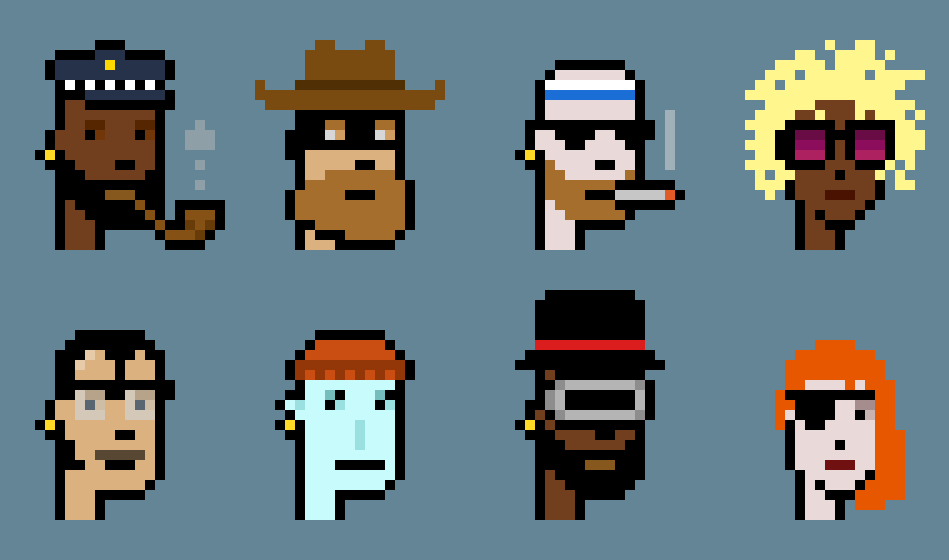
From Code to Community
An interactive timeline of art, innovation, and community
Scroll or use arrow keys

1960s-2019
Beginnings
The sparks of a movement
Beginnings
The sparks of a movement
Generative art began decades before the blockchain existed. In the 1960s, artists like Vera Molnar used early computers to escape artistic convention, believing 'the machine can help the artist get away from cultural conventionalism.' The 1970s saw Harold Cohen developing AARON for autonomous artworks. Personal computers in the 1980s expanded access to computational creativity, while Flash in the 1990s enabled new forms of interactive and generative work online. Processing, released in 2001, would later democratize algorithmic art creation for a new generation.

Vera Molnar with her computer-generated geometric works, 1961

Frieder Nake, 'Hommage à Paul Klee,' 1965 - Among the earliest computer-generated artworks
Fifty years later, Erick Calderon encountered CryptoPunks and saw something revolutionary: art that could live entirely on-chain, permanent and uncensorable. What started as experiments with a simple squiggle algorithm in 2018 became the vision for a platform where any artist could create their own piece of digital art history.For decades, generative artists shared their work by posting outputs online, creating physical prints, and exhibiting installations. But the digital nature of the medium meant the generative process itself remained separate from traditional art ownership and provenance systems.Erick's insight was to store the creative algorithms themselves as collectible digital assets. By storing generative scripts on-chain, artists could focus on creative vision while collectors could own the creative process itself, not just individual outputs.

CryptoPunks: The collection that showed art could live permanently on-chain. Larva Labs, 2017.
Beginnings events

2020-2021
2020
Genesis
2020
Genesis
COVID lockdowns gave Erick Calderon time to solve generative art's ownership problem. His solution: algorithmic art code stored permanently on Ethereum.
One algorithm. Infinite outcomes. Each invocation of the algorithm creates a unique hash, generating a completely new artwork that's never been seen before. Every piece is guaranteed one-of-a-kind.
Chromie Squiggle sample
November 27, 2020: Art Blocks launched with three founding collections that would shape the future of the platform. Chromie Squiggle from Erick (Snowfro), Genesis from DCA, and Construction Token from Jeff Davis weren't just successful releases - they were proof that collectors immediately understood the vision of permanent, on-chain generative art.The response was overwhelming. Within 30 days, 400 artists applied to join the platform, validating that creators had been waiting for exactly this solution. CryptoPunk collectors recognized Art Blocks as the natural evolution of digital art collecting, establishing crucial cross-community legitimacy.

Launch day: Erick announces Art Blocks is ready to go live
But the real breakthrough was community: Art Blocks connected generative artists with collectors who truly understood the medium. Storing scripts directly on Ethereum wasn't just technical innovation - it enabled a new kind of relationship between algorithmic creators and digital art collectors.By December, the foundation was set. Artists had found an audience that appreciated code as a creative medium. Collectors could acquire algorithms, not just outputs. A new home for generative art had arrived.

The first six Art Blocks Curated collections, all released in 2020
